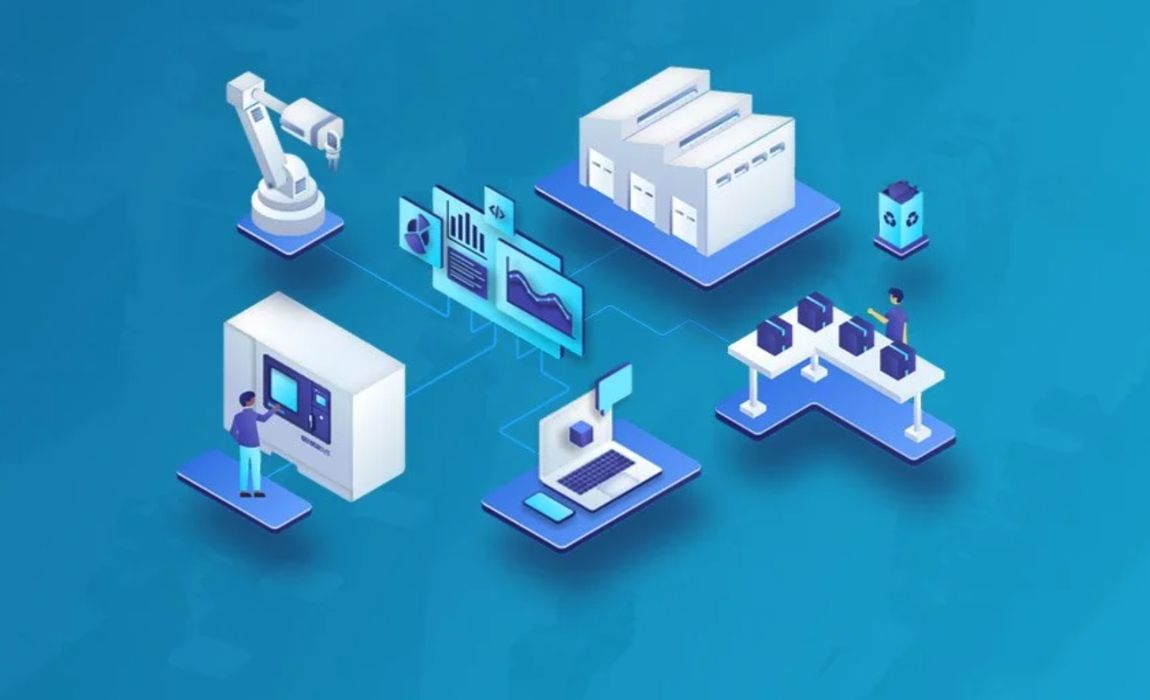
Stratasys has announced a significant upgrade for their GrabCAD 3D print job preparation tool.
If you’re a Stratasys customer, you’re likely familiar with GrabCAD, which has grown into a complex system since its introduction. The latest release, GrabCAD Pro, promises to improve the user experience even further.
GrabCAD Pro: Targeting Manufacturers
The new Pro version of GrabCAD is designed with manufacturers in mind, as it includes numerous features aimed at tackling large-scale production challenges. Stratasys explains:
“The new Pro version is designed for manufacturers who need to efficiently produce end use parts and move to production-scale volumes. It is specifically designed to improve printed-part accuracy, reduce waste, and shorten time to part. The software is expected to be available beginning May 16 for customers using Stratasys printers based on SAFTM and FDM technologies.”
New Features in GrabCAD Pro
Stratasys has introduced a range of new features in GrabCAD Pro that could be highly appealing for manufacturers using Stratasys equipment:
- Warp Additive Model (WAM™) automatic warp correction to ensure part accuracy through 3D scanning and warp correction
- Ability to develop standardized manufacturing templates allowing customers to prepare builds quickly and error-free
- Improved per-part cost estimation, with a significant reduction in time estimating multi-customer trays
- Label generation, including unique coding, serialization, and placement for SAF
- 3D Array to arrange parts on the Z-axis, allowing stacking of parts to reduce build times and increase throughput
- Integration with qualified best-in-class partner plug-ins
The Warp Additive Model (WAM) feature is particularly intriguing, as it could be the first of its kind for polymer 3D prints. Similar functionality has long been available for metal 3D prints, where warping is more pronounced, but now it seems applicable for polymer printing as well.
Automation and Time-Saving Potential
These features highlight the significant amount of manual effort that could be automated. For instance, the label generation feature would simplify part sorting after printing, which can be especially beneficial when running multiple printers for different customers simultaneously.
The ability to stack parts for printing along the Z-axis is another interesting addition. This feature could save considerable manual effort by transforming many short 3D print jobs into a single, longer job, as each job requires roughly the same amount of manual labor.
The result of these time-saving features is that operators would be able to manage more 3D printers, ultimately scaling up operations – which is undoubtedly what Stratasys envisions.
Via Stratasys
